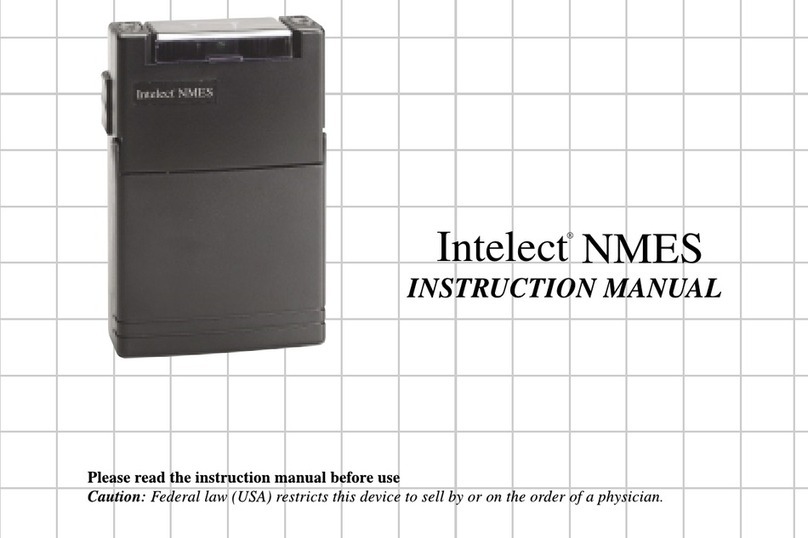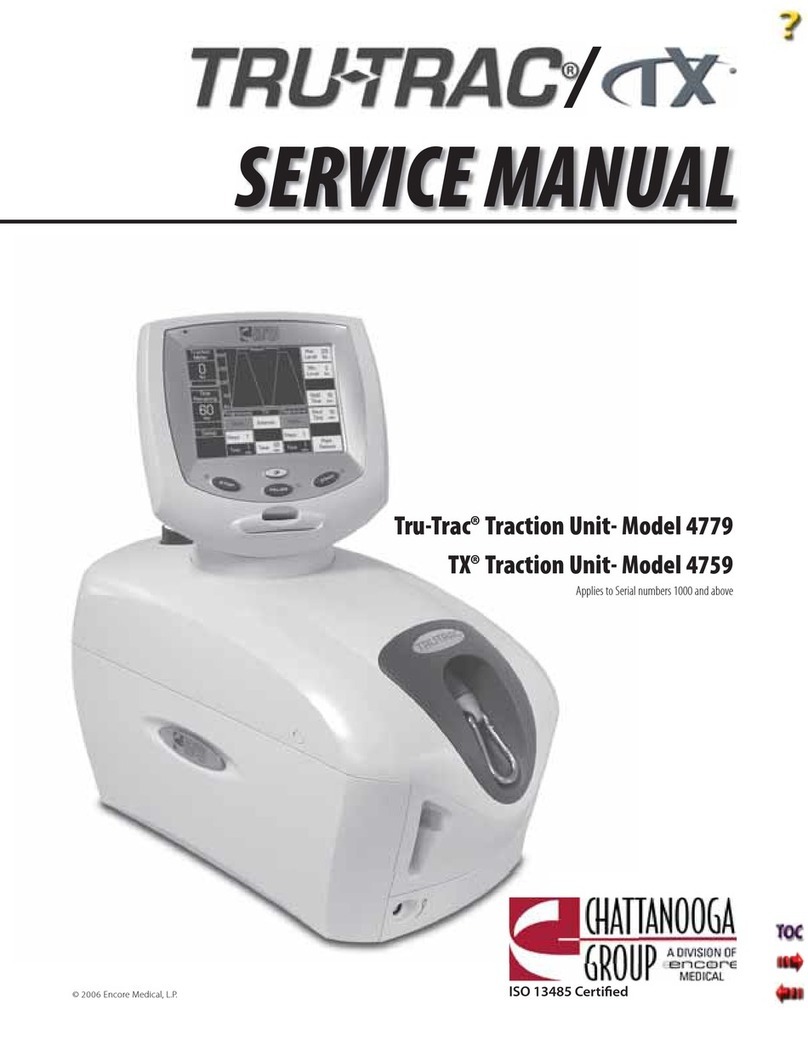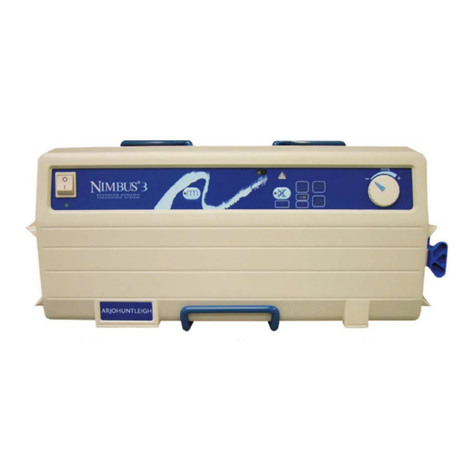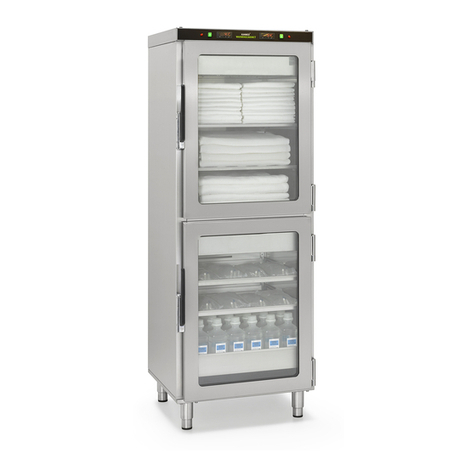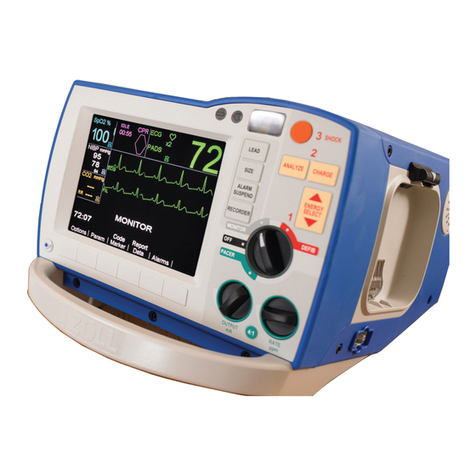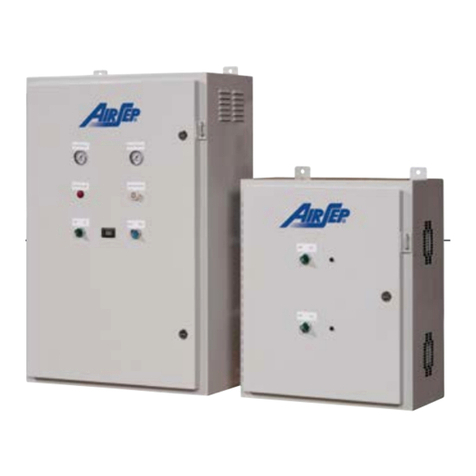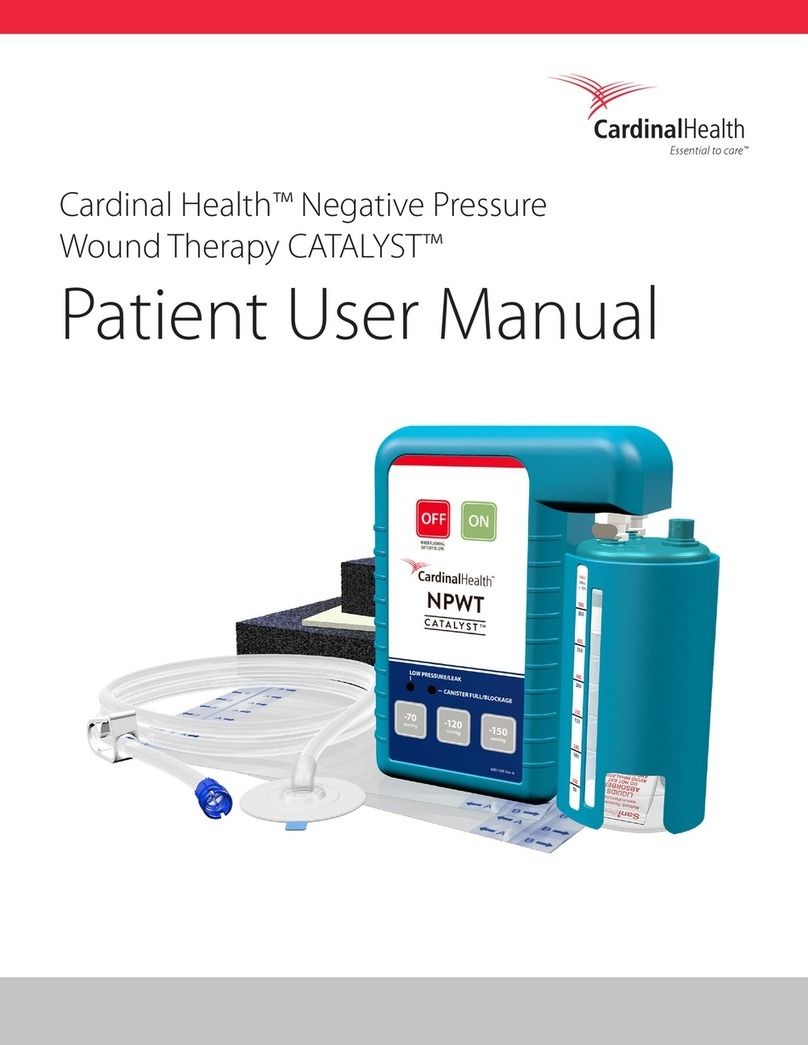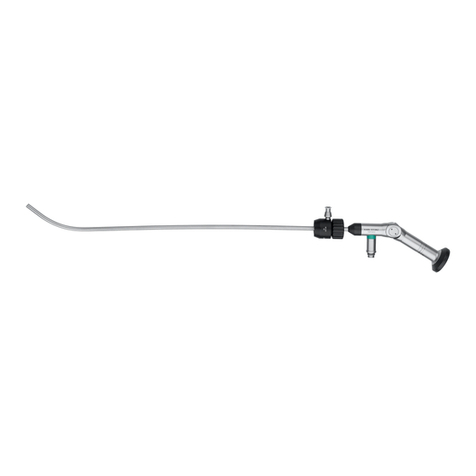Encore Medical Intelect TENS User manual

ISO 13485 Certified




ENGLISH
Intelect®TENS
DUAL CHANNEL STIMULATOR KIT
A MAJOR STEP IN PAIN MANAGEMENT
INSTRUCTION MANUAL
CONTENTS
Indicators and Controls ........................................................... 2
Prescribing Information ........................................................... 3
Introduction ............................................................................. 4
Preparation for Use ................................................................. 5
Instructions for Use................................................................. 7
Concluding Treatment ........................................................... 12
Care and Maintenance .......................................................... 13
Troubleshooting..................................................................... 15
Technical Specifications ........................................................ 16

INDICATORS AND CONTROLS
2
Channel 1
Output Receptacle
Channel 1
Output Indicator Light
Channel 1 On/Off and
Amplitude Control
Channel 2 On/Off and
Amplitude Control
Output Receptacle
Channel 2
Channel 2
Output Indicator Light
Power Indicator Light
Pulse Width Pulse Frequency
Pulse Frequency
Pulse Width Control
Mode Selector Switch
• Burst
• Normal
• Modulation
Control
Timer Control
• 30 min.
• 60 min.
• Constant
Timer (min)
30 60 C

3
PRESCRIBING INFORMATION
Caution:
Federal law (USA) restricts this device to sale by or on the order of a physician. Keep out of reach of children.
Indications: Transcutaneous Electric Nerve Stimulation (TENS) devices are used for the symptomatic relief and management of
chronic (long-term) intractable pain and as part of treatment in the management of acute pain problems after surgery or
trauma.
Contraindications:
TENS devices can affect the operation of cardiac pacemakers. In patients with known myocardial disease
or arrhythmias, TENS should be used only with consultation and evaluation by a physician. Do not use TENS on the eyelids.
Do not place electrodes directly over the carotid sinus nerves or arteries, and laryngeal or pharyngeal muscles. Do not apply
TENS for undiagnosed pain syndromes until etiology is established. Any electrode placement that causes current to flow
transcerebrally (through the head) is not allowed.
Warnings:
This device should be used only under the continued supervision of a physician. TENS is ineffective for pain of
central origin (in the central nervous system). TENS is of no curative value but is a symptomatic treatment which suppresses
pain sensation which would otherwise serve as a protective mechanism on the outcome of the clinical process. Safety of
TENS devices for use during pregnancy or delivery has not been established. For external use only. Electronic equipment such
as EKG monitors and EKG alarms may not operate properly when TENS is in use.
Precautions:
Avoid adjusting controls while operating machinery or vehicles. Turn the stimulator off before applying or
removing electrodes. Long term stimulation at the same electrode site may cause skin irritation. If TENS therapy becomes
ineffective or unpleasant, stimulation should be discontinued until its use is re-evaluated by the physician or therapist. Use
only for the specific pain problem prescribed by physician. Effectiveness is dependent upon patient selection.
Adverse Reactions:
Possible allergic reaction to tape or gel. Possible skin irritation or electrode burn under electrode. If skin
irritation persists, discontinue use and consult a physician.

4
INTRODUCTION:
What is Pain:
Pain warns our body of injury. This warning system is intended to prevent additional
damage. The sensation of pain is important, because without it, vital parts of our bodies might be
injured without our knowledge. However, long lasting and persistent pain, often called chronic pain,
once diagnosed, serves no apparent purpose. TENS is developed to help relieve certain types of
chronic and acute pain.
How Does TENS Work?
TENS or Transcutaneous Electric Nerve Stimulation refers to the transmission of
small electrical pulses through the skin to the underlying peripheral nerves. The theory of TENS
suggests two different modes of operation:
Conventional (high frequency) TENS is based on the theory that continuous mild electrical activity may
block the pain signal traveling to the brain. If the pain signal does not get through to the brain, the pain
is not “felt.”
The second way TENS is thought to work is by stimulating the body’s own natural pain-control
mechanism. “Low frequency” or short bursts of electrical activity may cause the body to release its
own pain relieving substances, called endorphins. Ask your physician or therapist for more details. No
matter what pain theory is used, TENS has been proven useful in pain management for many pain
patients.

1
5
PREPARATION FOR USE
1. Check Battery.
Ensure that you are using a fresh battery.
2. Prepare Skin.
Before applying electrodes, be sure to confirm
correct electrode placement as recommended by your
physician or therapist. The skin should be washed, rinsed
and thoroughly dried.
3. Attach Electrodes
. Be sure that that the electrode is held
firmly against the skin. 3

6
4
4. Electrode Lead Wires.
Output Plug: (Plugs into output
receptacle). Pin Connectors: (Plug into electrodes).

6. Set Timer Selector.
30 min., 60 Min. and Constant time.
INSTRUCTIONS FOR USE
5. Insert Pin into Electrode Socket.
Insert pin connector into
electrode as shown. (When inserting or removing pin
connector, hold connector, not the cord, to protect cord). For
some electrode locations, it may be preferable to insert the
pin connector into the electrode prior to taping the electrode
to the skin.
5
Timer (min)
30 60 C
6
7

7. Adjusting the Controls.
Ensure that amplitude controls for both
Channels 1 and 2 are turned to the “OFF” position. 7
8
8. Connect Leads to TENS Unit.
Insert 90° end of lead wire set
into the channel output receptacle to be used (1 and /or 2),
pushing plug all the way in.
8

9
10
10. Adjust Pulse Frequency.
Turn the Pulse Frequency control to
the setting recommended by your medical professional.
9. High or Low Frequency Tens.
Set the mode selector switch to
the “N” position. Timer (min)
30 60 C
9
Frequency (Hz)
10
60
115
150
2
C

10
12
12. Adjust Output.
Turn Amplitude control knob for Channel 1 or 2
clockwise. The indicator will light up while the unit is in
operation. Slowly turn the channel control in a clockwise
direction until you reach the setting recommended by your
medical professional. Repeat for the other channel, if both
channels are to be used.
11 Pulse Width (µs)
180
60
30
11. Adjust Pulse Width.
Turn the Pulse Width control to the setting
recommended by your medical professional.
110
250
230

11
14
14. Using Modulation Mode.
When operating in Modulation Mode,
your TENS unit automatically varies the amplitude of the
pulse every four seconds. To use Modulation, first adjust the
amplitude controls for channels 1 and 2 to “O” (off). Set the
mode selector switch to “M” (modulation) position. Slowly
adjust channel 1 and/or channel 2 amplitude, pulse
frequency and pulse width controls to the settings
recommended by your medical professional.
13. Using Burst Mode.
When operating in Burst mode, your TENS
produces a series of seven quick pulses followed by a rest.
The cycle repeats itself twice every second. Before
switching to Burst, turn amplitude controls for channels 1
and 2 to “O” (off). Choose “B” (burst mode) with the mode
selector switch. Slowly adjust the amplitude and pulse width
controls to the setting recommended by your medical
professional. Note: In burst mode, the pulse frequency is
fixed; adjusting the pulse frequency control has no effect.
Timer (min)
30 60 C
13
Timer (min)
30 60 C

12
15
16
CONCLUDING TREATMENT
15. Turning Unit Off.
Turn both channel controls to Off. Then
unplug the electrode lead wires, grasping them by the plug,
not the cord. If treatment will be resumed shortly, the
electrodes may be left on the skin. When the electrodes are
removed, clean the skin. If there is skin irritation, consult
your physician or therapist.
16. Portability.
Your TENS is portable and may be clipped to a
belt, shirt pocket, bra, or other clothing.

13
17
18
CARE AND MAINTENANCE
17. Front Cover.
A removable panel covers the controls for pulse
frequency, pulse width, mode switch and battery
compartment. Your medical professional may wish to set
these controls for you and request that you leave the cover
in place.
18. Battery.
Dimming of the Indicator lights signifies that the
battery should be replaced with a new one as soon as
possible. However, the stimulator will continue to operate
for several more hours. To replace battery, remove front
cover (see above) and extract battery. Replace with 9-volt
alkaline or similar rechargeable battery, taking care that the
battery is inserted correctly. (See diagram inside battery
compartment). This TENS unit is designed to be used with
batteries only and cannot be operated from a line-powered
battery charger.

14
19
19. Care of Electrode Cords.
Clean the electrode cords by wiping
with a damp cloth. Coating them lightly with talcum powder
will reduce tangling and prolong life.

15
TROUBLESHOOTING
If your TENS unit does not seem to be operating correctly, refer to the chart below to determine what
may be wrong. Should none of these measures correct the problem, the unit will need servicing.
The power indicator lights up but unit does not function properly.
Please turn both amplitude control switches off, then turn on again.
Check all control settings. Are they set to values prescribed by your medical professional?
Are electrodes in proper position?
Check lead wires. Be sure all connectors are firmly sealed.
Be sure you are using the proper amount of gel. Too much or too little can cause problems.
Replace cord set with another to check for broken wires.
“On” and “Battery Light” are dim.
Replace battery.
None of the indicators light up.
Replace battery.
To obtain service, contact your supplier.

16
TECHNICAL SPECIFICATIONS
Channels:
Dual, isolated between channels
Wave Form:
Modified square wave with zero net direct current (DC) component.
Pulse Amplitude:
0 to 80 mA each channel, adjustable (500 ohm load)
Pulse Frequency:
2 to 150 HZ., adjustable
Pulse Width:
60 to 250 microseconds, adjustable
Modulation Mode:
Pulse width is automatically varied in a cyclic pattern over an interval of nominally 4.0 seconds.
Burst Mode:
7 pulses per burst
2 bursts per second
100 Hz internal frequency of burst
Maximum Charge:
20 micro coulombs per pulse
Timer:
30 Min, 60 Min or Constant time
Power Source:
9-volt alkaline battery or similar rechargeable cell
Battery Life:
70 hours average usage (alkaline)
Size:
24 x 64 x 95 mm
Weight:
130 grams (including battery)
All values have 10% ± tolerance.
Table of contents
Languages:
Other Encore Medical Medical Equipment manuals
Popular Medical Equipment manuals by other brands
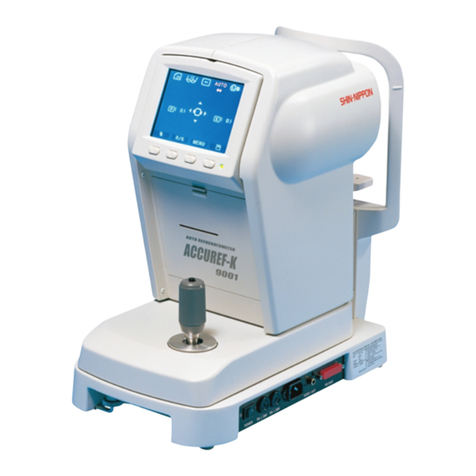
Shin-Nippon
Shin-Nippon ACCUREF-K 9001 Operation manual
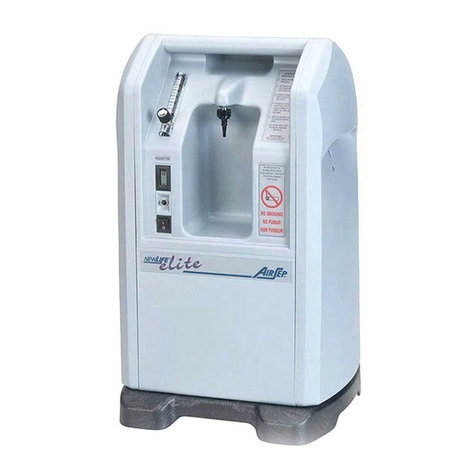
AirSep
AirSep NewLife instructions
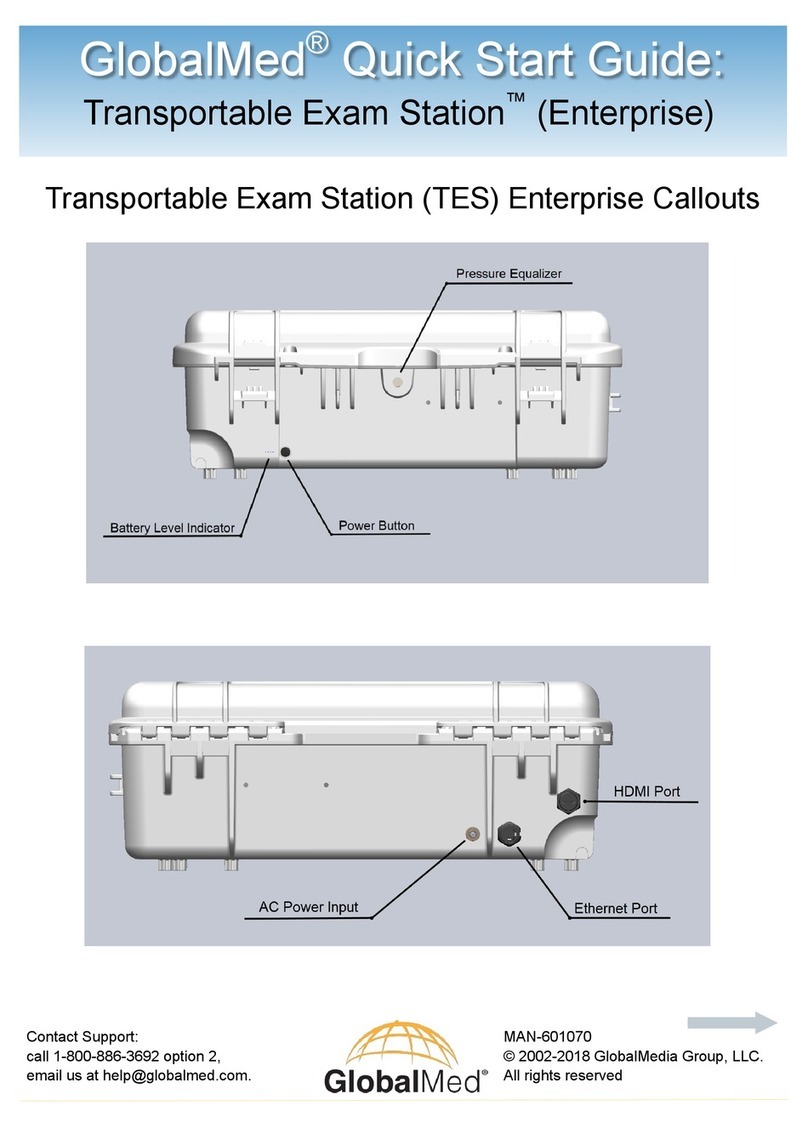
GlobalMed
GlobalMed Transportable Exam Station quick start guide
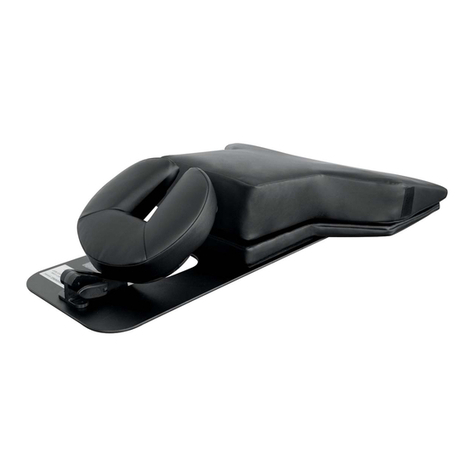
OAKWORKS
OAKWORKS Spine Positioning System II user manual

PROTEOR
PROTEOR 1P650 KNEE Assembling and adjustment instructions
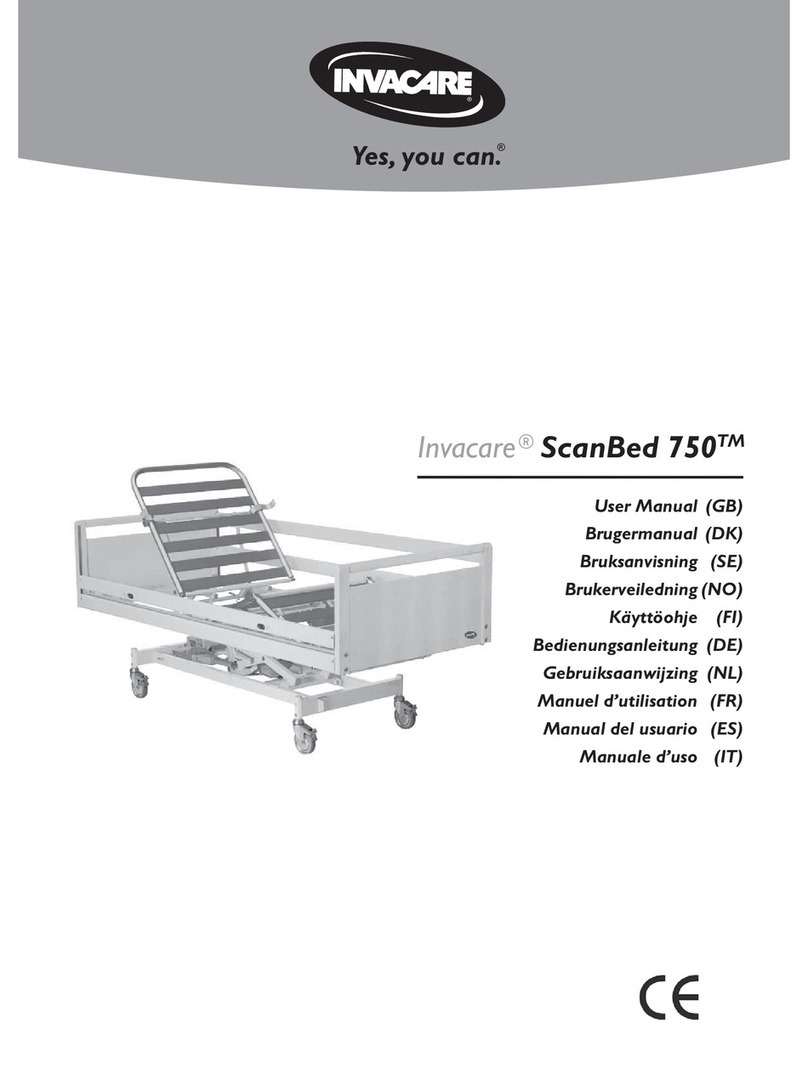
Invacare
Invacare ScanBed 750 user manual
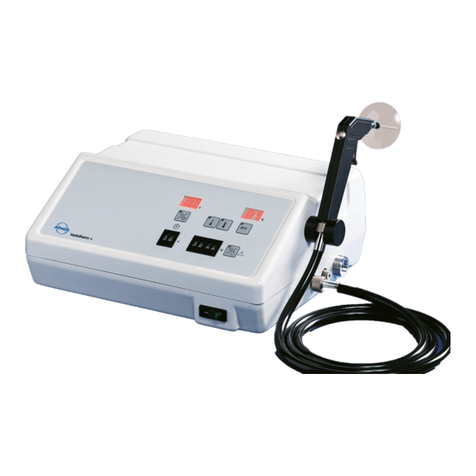
Atmos
Atmos Variotherm plus operating instructions
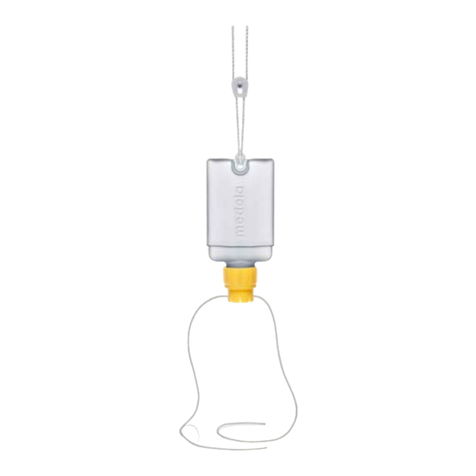
Medela
Medela Supplemental Nursing System Instructions for use
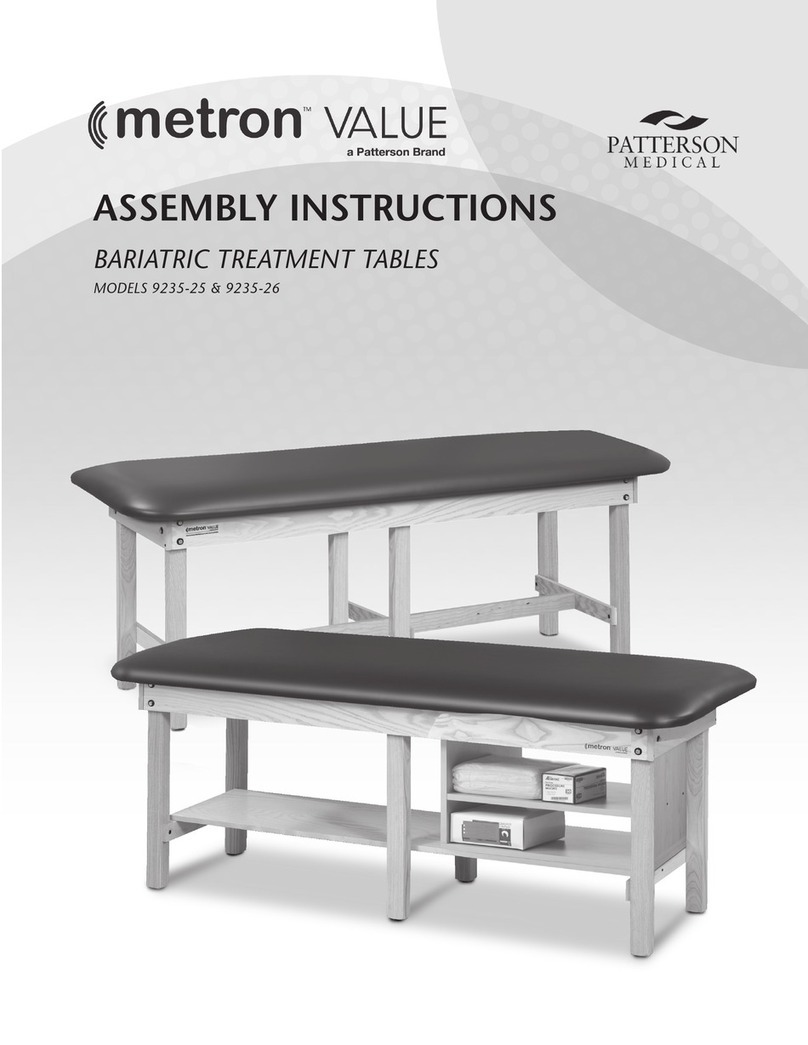
Patterson Medical
Patterson Medical metron VALUE 9235-25 Assembly instructions
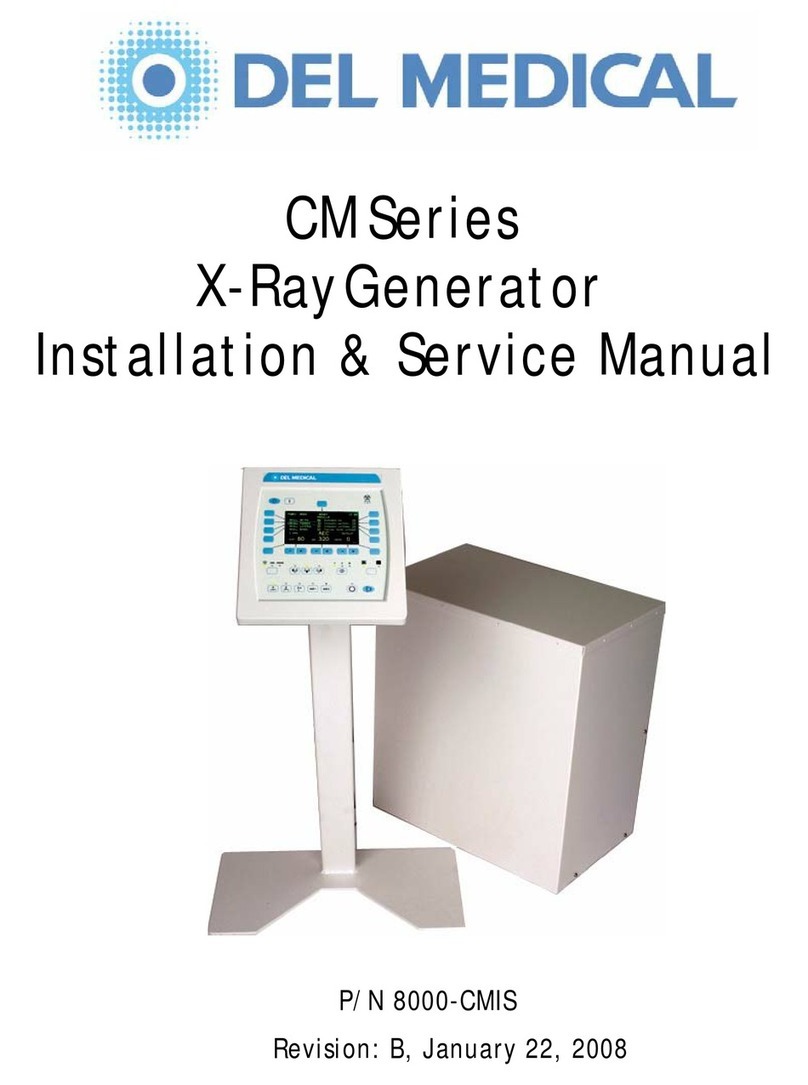
Del Medical
Del Medical CM Series Installation & service manual
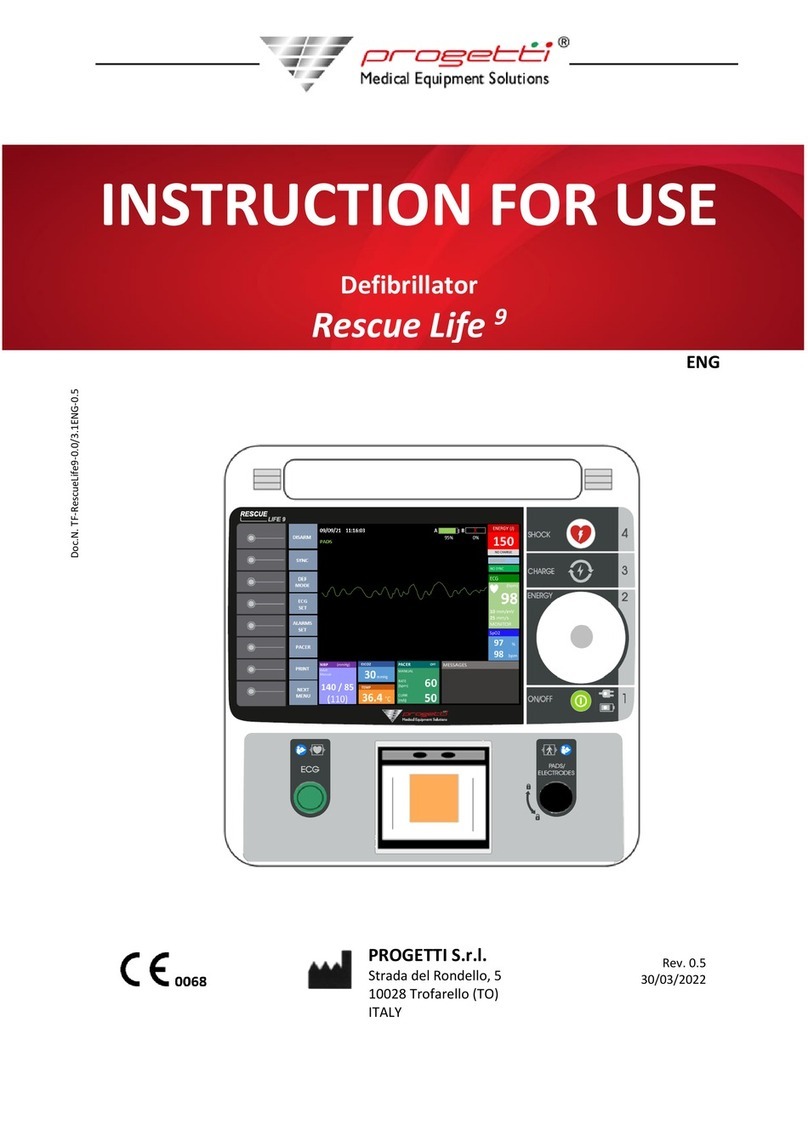
Progetti
Progetti Rescue Life 9 Instructions for use
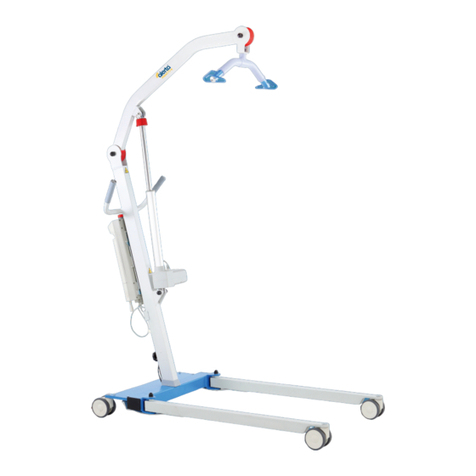
alerta
alerta Maxi 175 user manual
